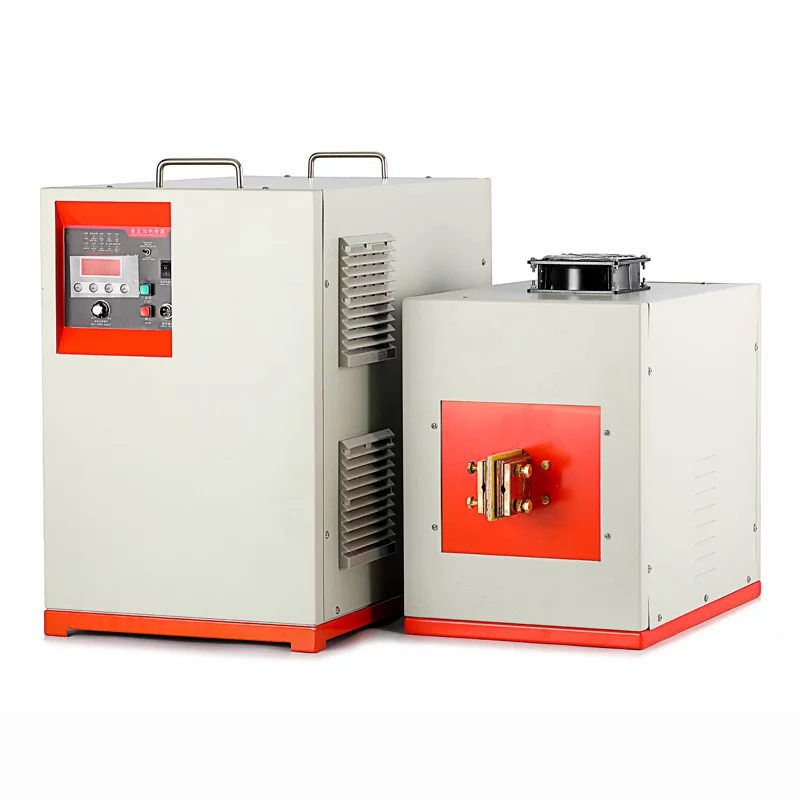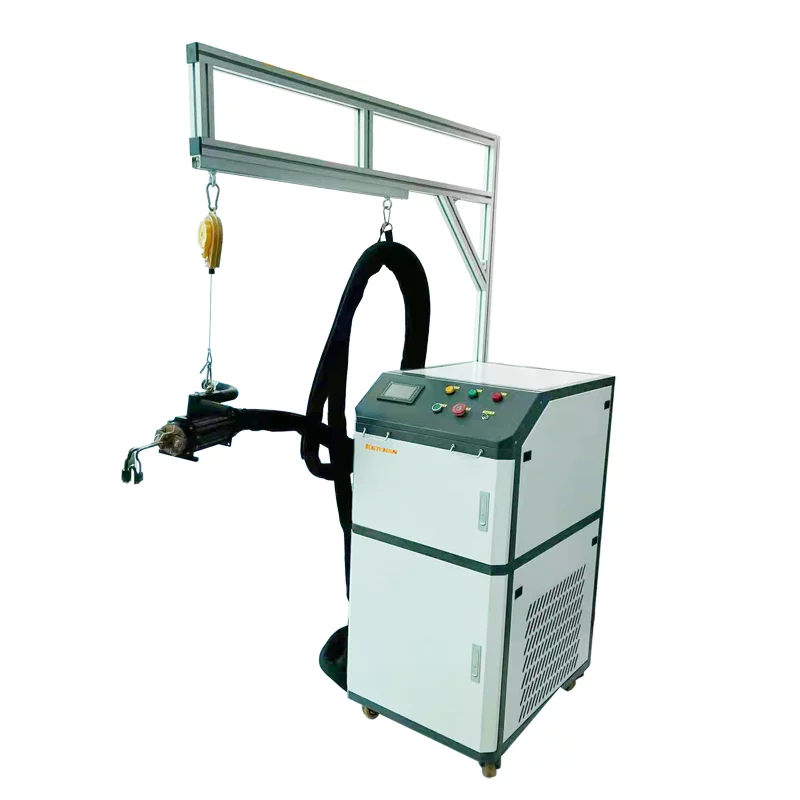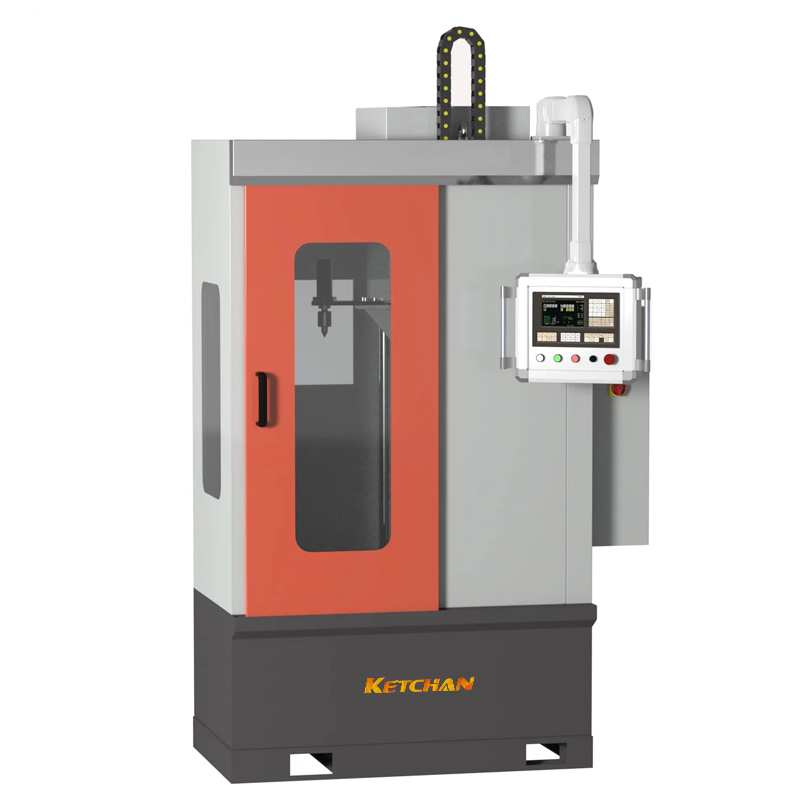In the past 30 years, the induction melting furnace has been widely used in the cast steel industry because of its advantages, but on the other hand, it has many disadvantages. Choose it as smelting equipment, must carry out a comprehensive analysis, research, and strive to promote its advantages, avoid its disadvantages, must not join in the fun, catch up with the trend. After the equipment is selected, we should have a comprehensive understanding of its characteristics, and strive to improve the quality of casting products on the basis of energy-saving and emission reduction.
Following, the advantages and disadvantages of induction furnace smelting cast steel are simply analyzed for reference.
1. Advantages
In casting steel smelting, compared with arc furnace smelting, using crucible induction furnace has many advantages, such as:
(1) Induction furnace is also a high power consumption equipment, but the interference to the power grid is much less than that of arc furnace;
(2) In terms of the impact on the environment, the smelting process is quiet and emits less smoke, gas, dust, and waste residue;
(3) In the utilization of resources, the furnace materials (including the addition of a variety of alloy elements) have less burning loss and higher recovery rates. The amount of slagging material used is much smaller, and electrodes are not used;
(4) In terms of metallurgical function, due to the electromagnetic stirring effect, the composition of liquid steel is relatively uniform, the temperature of liquid steel is relatively uniform, temperature control is relatively convenient, there is no problem of carbon increase caused by the electrode. There is no problem that nitrogen can be easily absorbed by liquid steel due to the absence of high-temperature action of arc and the dissociation of nitrogen at high temperatures.
(5) Less investment in equipment and a relatively small area of the site;
(6) It is easier to realize the automation of the job.
2.Disadvantages
As a result of the above advantages, since the 1980s, crucible induction furnace in casting steel application development rapidly, but, crucible induction furnace also has its own shortcomings, restricting its development.’How to avoid short? It is a subject that the process technician has to face. To avoid weaknesses, one should have a full understanding of these weaknesses.
(1) Refractory lining problems
Crucible furnace lining is an important part of an induction furnace, to ensure its normal operation, the reliability of equipment operations, economic benefits, safety, and metallurgical quality of cast steel products are crucial.
Crucible type induction furnace smelting used by the energy is the magnetic flux generated by the induction coil, through the refractory lining to transfer to the furnace metal. As the thickness of the refractory lining increases, the flux leakage increases, and the output power, power factor, and electrical efficiency of the inductor decrease. In order to reduce the compensation of the balance capacitor to the reactive power and improve the electrical efficiency, it is necessary to minimize the thickness of the refractory lining. Thus, the thickness of the induction furnace refractory lining is much smaller than that of any furnace type in various furnaces used for steelmaking, but the operating conditions are much harsher than those of other furnaces.
1) The inner surface of the furnace lining is in contact with molten steel at a very high temperature, while the outer surface is connected with the water-cooled induction coil. However, the temperature gradient in the thin furnace lining is very large.
2) The liquid steel in the furnace is constantly stirred due to the electromagnetic effect, which enhances the rinsing of the liquid steel on the lining, and also enhances the erosion of the suspended oxides on the lining, and the stirring effect also increases the possibility of the liquid steel absorbing gas.
3) If the compactness of the furnace lining knot is not enough or the sintering is not good, liquid steel penetrates into the cracks of furnace lining in the furnace process. Due to the effect of induction heating, the infiltration of liquid steel will not solidify in the cracks, but continue to deepen in the cracks until it contacts the coil, causing short circuits and even causing a major safety accident.
Therefore, the performance of refractory lining, particle size grading, lining construction, lining sintering must be strict requirements, not the slightest carelessness.
3.Metallurgical functional problems
Crucible induction furnace smelting cast steel, its metallurgical function is much worse than arc furnace smelting, therefore, in the early stage can only be used for smelting metallurgical quality requirements of general types of steel, the manufacture of small cast steel. Since the 1980s, with the continuous improvement of equipment and refractory materials, mild oxidation boiling can be carried out in the smelting process to enhance its metallurgical function, and the scope of application has gradually expanded to high-quality low alloy steel, high alloy steel, even ultra-low carbon stainless steel and various high-temperature alloys. However, the low metallurgical function of induction furnace smelting cannot be ignored.
1) Induction furnace smelting, slag is melted by the heat conducted by molten steel, the temperature of slag is lower than the temperature of molten steel, an arc furnace smelting, through a variety of metallurgical reactions between molten steel and slag, oxidation refining and diffusion deoxidation.
2) For arc furnace smelting, the melting pool is of shallow basin type, and the diameter of slag line is about 4 ~ 5 times of the depth of the melting pool; Crucible induction furnace melting, melting pool is cylindrical, the diameter of the pool is less than its depth, the ratio of the two is about 0.6 ~ 0.75. It can be seen that the interface between molten steel and slag is much smaller in induction furnace melting than in arc furnace melting, so it is impossible to make use of the metallurgical reaction between molten steel and slag in the smelting operation.
Therefore, when steel casting enterprises adopt induction furnace smelting, the requirements of charge must be very strict: all kinds of raw materials must know their chemical composition; The number of materials used in the furnace shall be determined by calculation; Scrap and return charge must be dry, free of silt and oil; The maximum size of the furnace material shall not be greater than 1/2 of the crucible cavity size.





